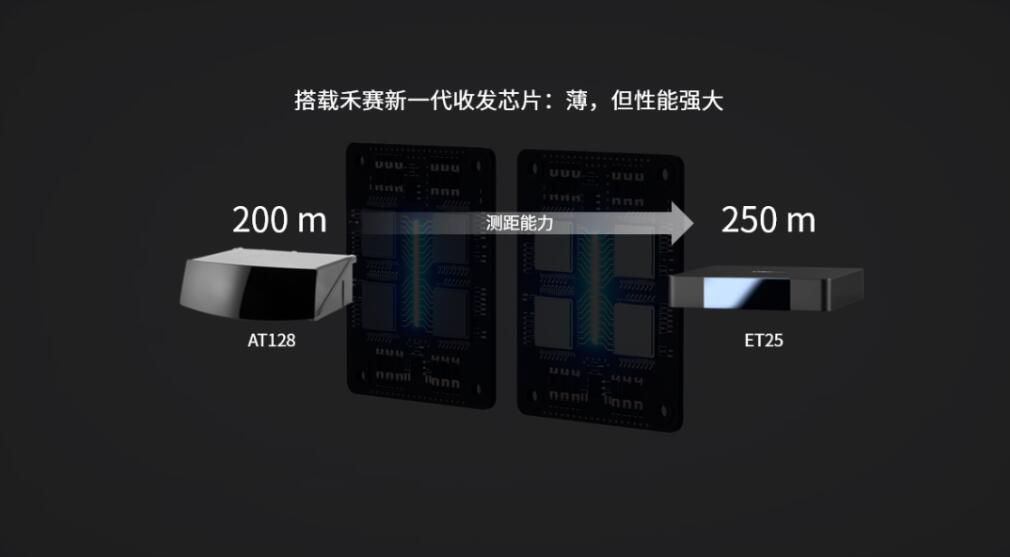Renaissance reduced its position in NIO by 0.16 percent, XPeng by 98.88 percent and Li Auto by 20.44 percent during the first quarter.

Renaissance Technologies LLC, one of the world's most prominent hedge funds, held its position in NIO (NYSE: NIO) steady during the first quarter, but reduced its holdings in XPeng (NYSE: XPEV) and Li Auto (NASDAQ: LI).
Renaissance held 10,791,394 US-traded ADRs of NIO at the end of the first quarter, down 17,200 shares or 0.16 percent from 10,808,594 at the end of the fourth quarter, according to a Form 13F filing on Friday.
Renaissance's holdings in NIO were worth about $113 million, up $8.03 million, or 7.62 percent, from $105 million at the end of the second quarter, as NIO shares rose in the first quarter.
The fund began its holdings in NIO in the second quarter of 2021, when it bought 5,293,900 shares. It reduced its holdings in NIO by 28.63 percent and 14.77 percent in the third and fourth quarters of last year, respectively.
While maintaining a flat position in NIO, the fund reduced its holdings in XPeng and Li Auto, particularly in XPeng, in the first quarter.
At the end of the first quarter, Renaissance held 81,929 shares of XPeng's US-traded ADRs, down 7,236,771, or 98.88 percent, from 7,318,700 shares at the end of the fourth quarter last year.

The fund's holdings in XPeng were valued at $910,000, down 98.75 percent from $72.75 million at the end of the fourth quarter.
Renaissance first bought XPeng in the third quarter of 2021.
The fund owned 8,111,300 shares of Li Auto at the end of the first quarter, down 2,083,700 shares or 20.44 percent from 10,195,000 at the end of the fourth quarter.

Its holdings in Li Auto were worth $202 million, down 2.69 percent from $208 million at the end of the fourth quarter.
Renaissance first bought Li Auto in the second quarter of 2021 and increased its position in the company in each subsequent quarter until the fourth quarter of last year, when it reduced its stake in the automaker by 17.91 percent.
During the first quarter, NIO gained 7.79 percent, XPeng gained 9.14 percent and Li Auto gained 22.3 percent.

The post Renaissance keeps NIO position stable in Q1, nearly liquidates position in XPeng appeared first on CnEVPost.
For more articles, please visit CnEVPost.











